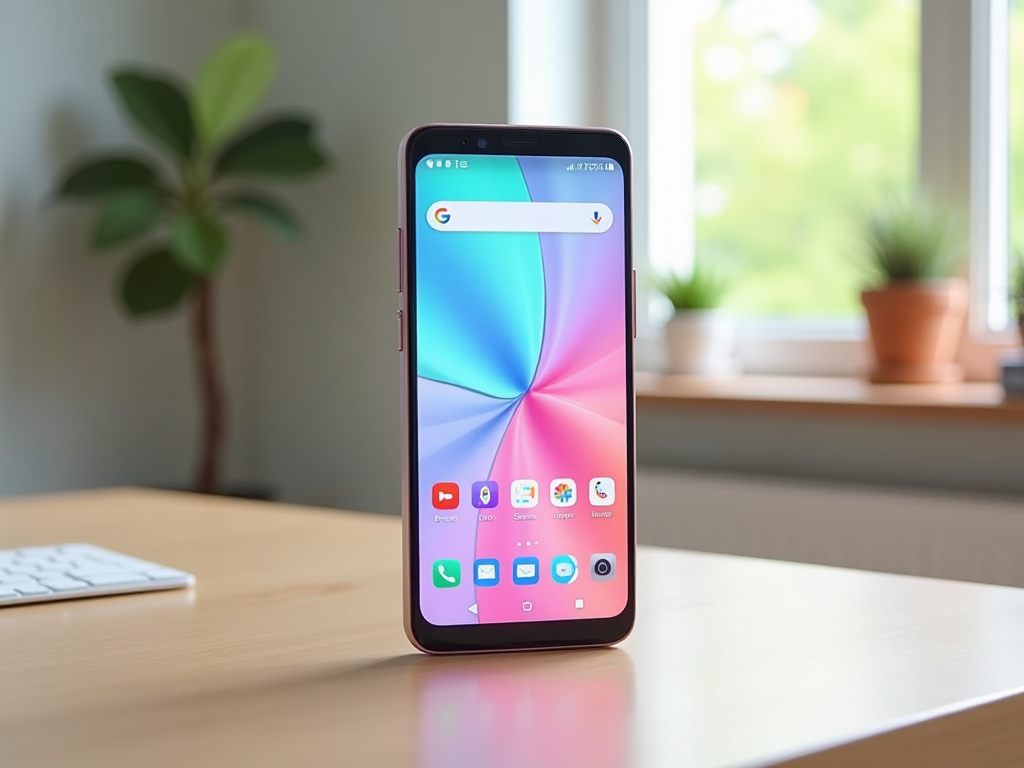What is Stock Android? Everything You Need to Know About the Core OS
In today’s tech-savvy world, the choice of smartphone can significantly impact your day-to-day experience. Many users often find themselves torn between various models that feature different operating systems. Among these choices lies Stock Android, a version that offers a distinct blend of simplicity, efficiency, and reliability. This core operating system is primarily hailed for its unadulterated experience, devoid of unnecessary bloat and heavy customization found in manufacturer skins. But what exactly makes Stock Android the choice of many enthusiasts? In this article, you will discover the essence of Stock Android, exploring its features, advantages, disadvantages, and much more.
Understanding Stock Android

Stock Android represents Google’s original take on the Android operating system. Unlike the iterations you find on devices from various manufacturers, this version serves as a blank canvas, directly published by Google. This allows manufacturers the option to build their skins on top of it, tailoring the user experience to their branding and audience needs. However, the core functionality and user interface remain true to Google’s standards. It delivers features that are designed to enhance usability without cluttering the device with unnecessary features. As a result, users enjoy a more fluid experience that feels consistent and straightforward.
Key Features of Stock Android

One of the defining aspects of Stock Android is its focus on delivering a seamless user experience. Here are some standout features that make it noteworthy:
- User Interface: A clean and minimalist design that emphasizes user-friendliness.
- Regular Updates: Frequent security updates and enhancements delivered directly from Google.
- Performance: Optimized for speed and responsiveness, tapering down background processes.
This streamlined approach appeals to users who prefer an uncomplicated interface. Additionally, Stock Android is often faster, with quicker app launch times and smoother multitasking capabilities. All these features together create an attractive package for consumers who want a reliable device.
Advantages of Using Stock Android
Opting for Stock Android comes with various benefits that can significantly enhance the overall experience:
- Minimalist Design: An unembellished look that facilitates easy navigation.
- Better Battery Management: Built-in optimizations that help conserve battery life.
- Faster Updates: Devices that run Stock Android usually receive updates sooner than their modified counterparts.
Despite its advantages, the enjoyment of using Stock Android can vary from person to person. Some users cherish the absence of clutter, while others might miss the extra features that come with custom interfaces. Ultimately, it appeals most to those who prioritize efficiency and a direct experience.
Disadvantages of Stock Android
While Stock Android has numerous advantages, it also comes with its own set of challenges. Understanding these can create a balanced perspective. Here are some downsides:
- Lack of Customization: Users looking for a highly personalized experience may feel limited.
- Fewer Pre-installed Apps: Stock Android usually comes with essential apps only, lacking extras that some users might enjoy.
- Compatibility Issues: Some apps or services may not perform optimally compared to those designed for custom versions.
How Stock Android Compares to Custom Android Versions
Evaluating Stock Android against manufacturer skins provides valuable insight into what each offers. Here’s a comparative analysis:
| Feature | Stock Android | Custom Android Versions |
|---|---|---|
| User Interface | Minimalist and clean | Varies by manufacturer with added features |
| Updates | More frequent and timely | Depends on manufacturer’s schedule |
| Customization | Limited options | Extensive customization options |
This comparison highlights how differing priorities can influence user satisfaction. For example, those who value timely updates might lean towards Stock Android, while customization enthusiasts may prefer features offered by customized skins.
Conclusion
Stock Android serves as the foundation for many Android devices, offering a clean, efficient experience. By naturally minimizing unnecessary features, it appeals to users who prioritize simplicity and performance. Understanding its features, advantages, and disadvantages empowers users to make informed choices when selecting their smartphones. Embracing the essence of Stock Android means a commitment to keeping things straightforward and functional in a sea of customization.
Frequently Asked Questions
- What is the main difference between Stock Android and custom Android skins? Stock Android is the unmodified version provided directly by Google, while custom Android skins are alterations made by manufacturers for their devices.
- Can I get Stock Android on my device? Some devices come with Stock Android out of the box, like Google Pixel models. Others may support custom ROMs that can provide a Stock Android experience.
- Does Stock Android support all apps? Yes, Stock Android supports a vast majority of apps available on the Google Play Store.
- Is Stock Android better for performance? Generally, Stock Android offers better performance due to the lack of bloatware and unnecessary features commonly found in customized versions.
- Are updates more frequent with Stock Android? Yes, devices running Stock Android typically receive more frequent system updates directly from Google.
